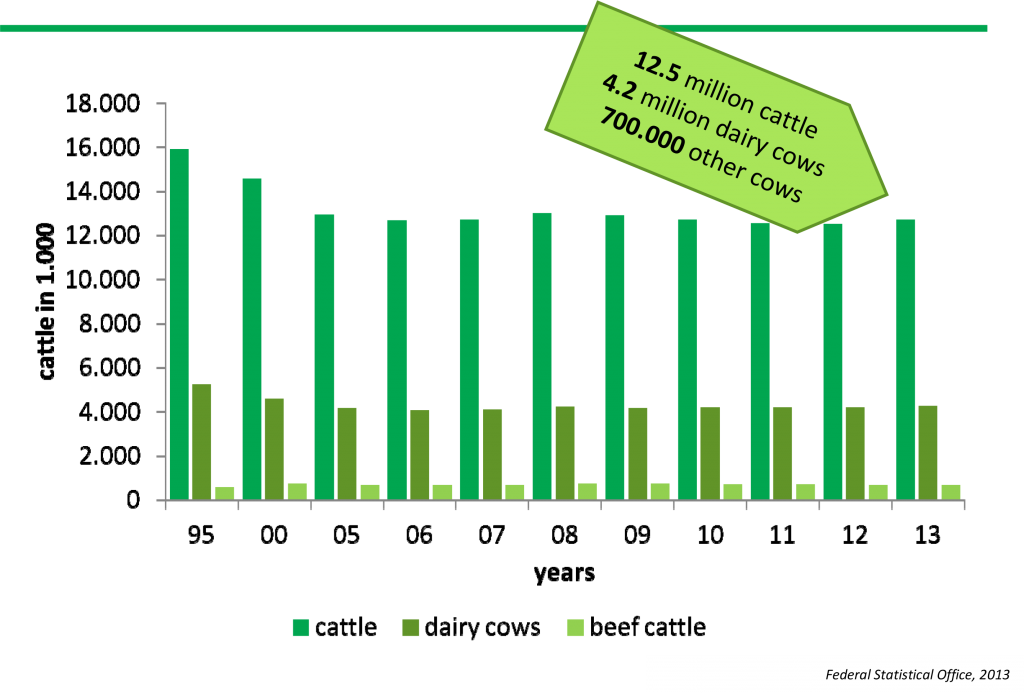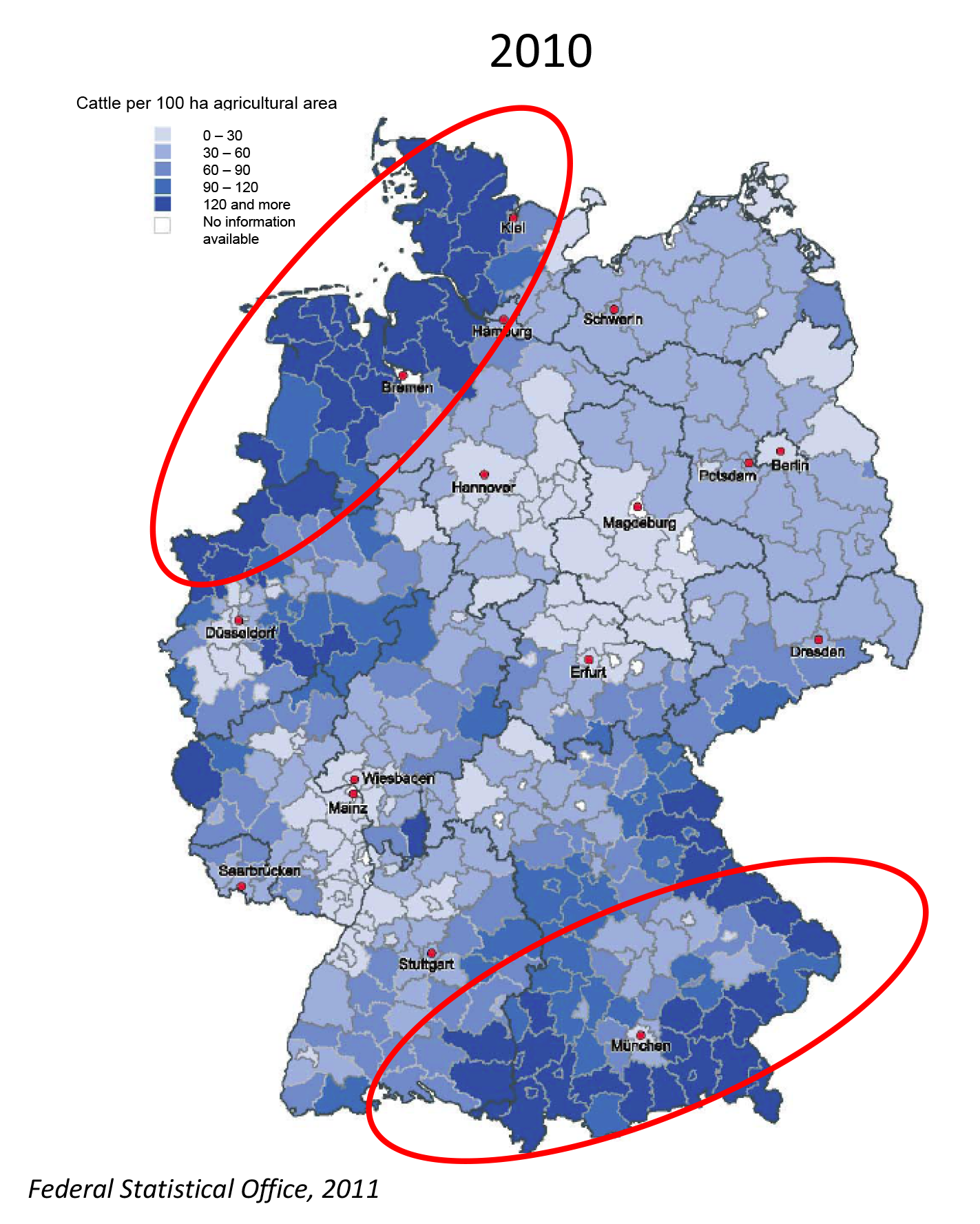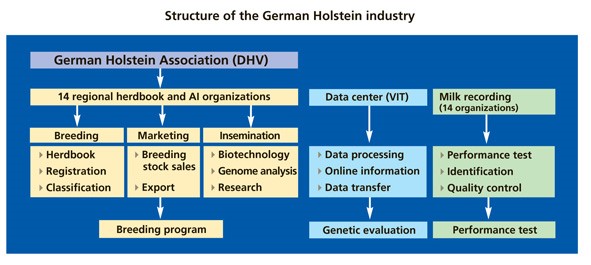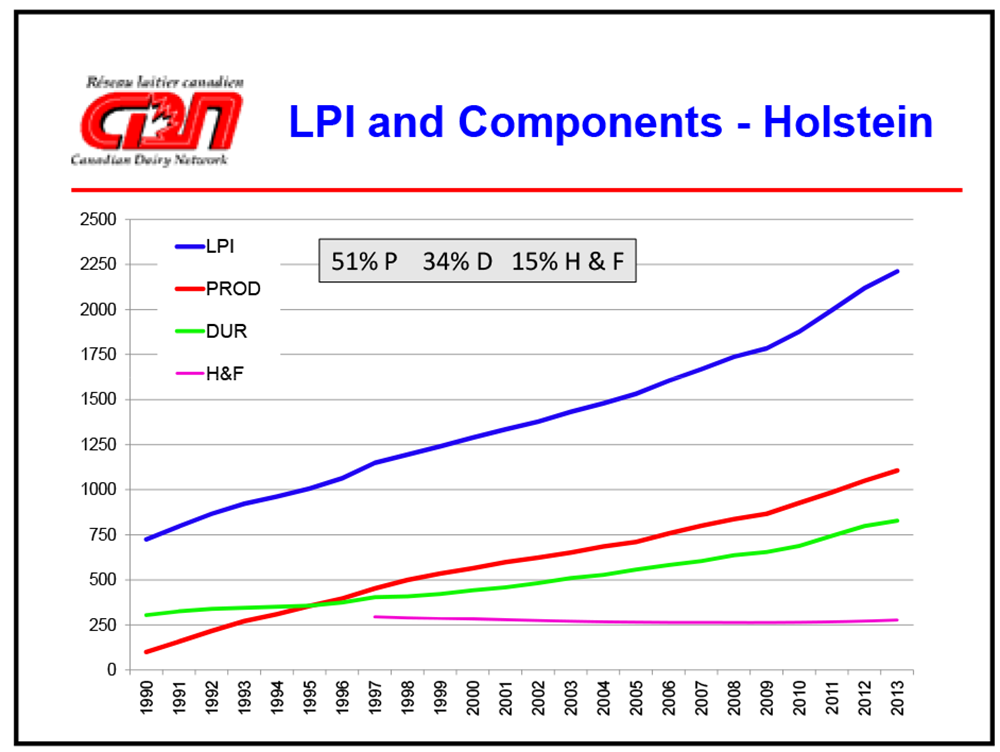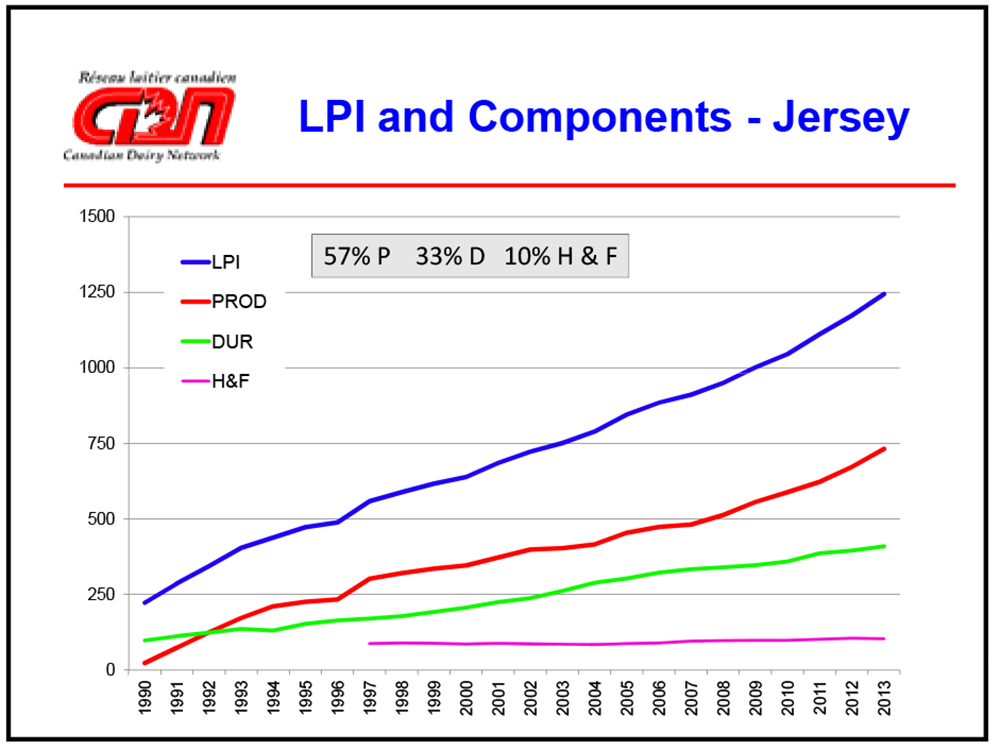The world watched yesterday as Germany became world champions for the fourth time thanks to a stunning extra-time winner from super-sub Mario Gotze. Germany is the first European team to win a World Cup in North or South America. Germany won its fourth World Cup by displaying a team unity that was above and beyond anyone else in the tournament. Each man knew his role and the Germans moved as a unit with clockwork precision. This same teamwork and precision can be seen in the German dairy industry. In honor of Germany’s World Cup victory, we decided to take a closer look at the German Dairy Industry.
Dairy Cattle Numbers
In Germany half of the farms are specialized in livestock, with the main group (>25%) are dairy farms. With a production value of about 10.6 milliard Euro (2009) cattle production (milk and beef) contributes about 25 percent to agricultural output in Germany. Germany is the world´s largest exporter of breeding cattle and one of the leading countries in the export of bovine semen. Germany has around 12.5 million head of cattle in total, including 4.2 million dairy cows and 0.7 million suckler cows. Germany has the largest dairy cattle herd and the second largest cattle population in the European Union.
Graph 1 – Cattle Production in Germany 2013
The main areas for cattle are in the North Western part of the country (Lower Saxony, North Rhine-Westphalia) as well as the Bavaria region in the South Eastern part of Germany.
Graph 2 – Cattle Stock in Germany
More than 40 breeds are kept of which 80% belong to the major breeds: German Holstein black and white and red and white (67.3%); the German Fleckvieh (26.4%) and the German Braunvieh (5.1%). The remaining 20% are shared by eight local rare breeds and about 30 beef breeds. The diversity of the cattle breeds also shows the differences of the regional climate and the fodder availability from the north to the south. In the north and East German Holstein black and white and German Holstein red and white are the most common breeds. In the south, Simmental and Brown Swiss Cattle are dominant. With that, Germany has the largest Holstein herdbook population worldwide. About 2.2 million Holstein cows are officially milk recorded. Every year around 1,000 Holstein and Red Holstein young bulls are progeny tested.
The average yield of a Holstein cow in Germany is 9,013kg in 305 days of 4.00% Fat and 3.33% Protein. The German Fleckvieh (Simmental) average about 7,210 kg in 305 days of 4.09% fat and 3.48% protein. The German Braunvieh (Brown Swiss) average 7,190 kg in 305 days of 4.16% Fat and 3.55% protein.
Housing Systems
In Germany, there is a wide range of different management systems ranging from small family operated farms with 50 – 60 cows to large-scale operations with over 2,000 cows. The fact that German Holsteins prove to be successful under these widely varying feeding and management systems, both in the barn and on pasture, underlines their extraordinary adaptability. This adaptability is also shown under various climatic conditions and makes German Holsteins an export sales hit.
- 74% of dairy cows in loose/freestall operations
- 21% of dairy cows in tie stalls
- 42% of dairy cows utilize pastures
Dairy Cow Rations
Cows in Germany are fed based on forages [silage (mainly grass and corn) or hay i.e. alfalfa], concentrate [grains (barley, wheat, and corn), protein sources (soybean meal and rapeseed meal), and other by-products (sugar beet pulp, etc.)] and common additives. The ratio of forage to concentrate varies from 60:40 to 40:60 percent but mainly forage based diets are used.
More than 130 years of German Holstein Breeding
In Germany, the first official breeding cooperative was established in Fischbek near Altmark in 1876. The objective was “to use pure-bred sires of the black-and-white Lowland Breed“ to develop this breed in pure-breeding. From then on, the number of regional breeding associations and breeding cooperatives increasingly grew to merge into larger organizations over the years. To this day, Germany has numerous powerful cow families whose foundation cows can be traced back to the very first registrations in the herdbooks of North German breeding areas.
For a while, most of the breeding organizations kept on registering black-and-white as well as red-and-white animals in one herdbook and the breeding goal for both breeds was identical. Later on, breeding organizations were formed that exclusively dealt with Black-and-Whites and Red-and-Whites respectively.
Due to the world wars, the breeding organizations’ business was severely impeded. However, thanks to the commitment of enthusiastic breeders, the herdbook organizations took up their activities over and over again. This fact ensured the survival of the German Holstein industry and its qualities in West Germany as well as in East Germany.
In the mid-sixties, herdbook associations and AI studs intensified their cooperation. This led to a number of larger breeding organizations that stamp the German Holstein industry to this day. Following the reunification of Germany, the dairy cattle industry in the East German states reorganized itself according to this model too. In the meantime, the breeding goals for Black-and-Whites and Red-and-Whites became more and more similar to each other with the result that, in 1996, a common breeding goal was laid down, and the German Holstein Association (Deutscher Holstein Verband e. V. – DHV) was founded.
For decades, German breeding programs have been carried out according to the latest findings. They form the cornerstone for the high production and the functional conformation of the German Holstein cow. In addition, productive life, fertility and udder health are highly rated traits.
Due to its federalist structure and its special livestock breeding act, Germany has numerous different breeding organizations. There are 14 organizations which are involved in Holstein breeding.
During the past years most of the former independent herdbook organizations and A.I. centers have merged into powerful breeding organizations, uniting herdbook, breeding program, artificial insemination and marketing under one roof. Most of the DHV members are organized in such merged breeding companies. TopQ and NOG (North-East-Genetics) are large nation-wide co-operations between different breeding companies. To become more efficient, the co-operative partners together run sizeable breeding programs. Furthermore, the partners work close together on the field of research, product development, and scientific analysis of the breeding programs.
The milk recording organizations are independent. Milk recording, at about 85% usage, is higher than in any other country of the world. Among others, their staff members register all animals and transmit the data to the United Data systems for Animal Production (VIT). Under the federal program, the computer center VIT in Verden is responsible for the estimation of breeding values for Holsteins and Red Holsteins and processes all data registered. VIT publishes the breeding values as well as data for the business analyses of the dairy farms. VIT also connects all breeding organizations through a widespread online-communication system.
National Index – RZG

In 2009, the German Holstein industry implemented genomic selection as a new tool in its breeding programs. The model was completely developed by the German data center VIT, and was among the first in the world that became ICAR/Interbull approved in August 2010. Therefore, semen of sires with a genomic enhanced breeding value (gEBW) from VIT is allowed to be sold all over Europe without any restrictions. Within the scope of EuroGenomics, more than 27,000 proven sires are involved in this genomic project to evaluate the gZW today. EuroGenomics is not only the largest training site for genomic evaluation but also represents the complete European and Northern American genetic background of the Holstein breed.
Popular German Cows
![nastygirl[1]](https://www.thebullvine.com/wp-content/uploads/2014/07/nastygirl1.jpg)
Loh Nastygirl (Marbach x Marshall)
Grand Champion German National Show 2013.
3.8 La: 48,310 Kg 3.20% 3.15%
Type. 4 La: 96-94-96-95/95
![61783[1]](https://www.thebullvine.com/wp-content/uploads/2014/07/617831-1024x730.jpg)
WIT A-Klasse (Classic PS x Stadel)
Senior Red Holstein Champion German Holstein Show 2013.
3 La: 30,345 Kg 3.72% 3.46%
Type, 3 La: 94-93-88-94/92

FG Ice EX 90 (Jasper 2 x Lee)
2013 Intermediate Reserve Champion on the European Holstein Championship 2013 in Fribourg, CH
The Bullvine Bottom Line
Germany has the largest Holstein herdbook population worldwide. Germany is the world´s largest exporter of breeding cattle and one of the leading countries in the export of bovine semen. Now, as the world is recognizing Germany as a football powerhouse, the German dairy industry should also be recognized as a dairy cattle powerhouse.
Get original “Bullvine” content sent straight to your email inbox for free.







